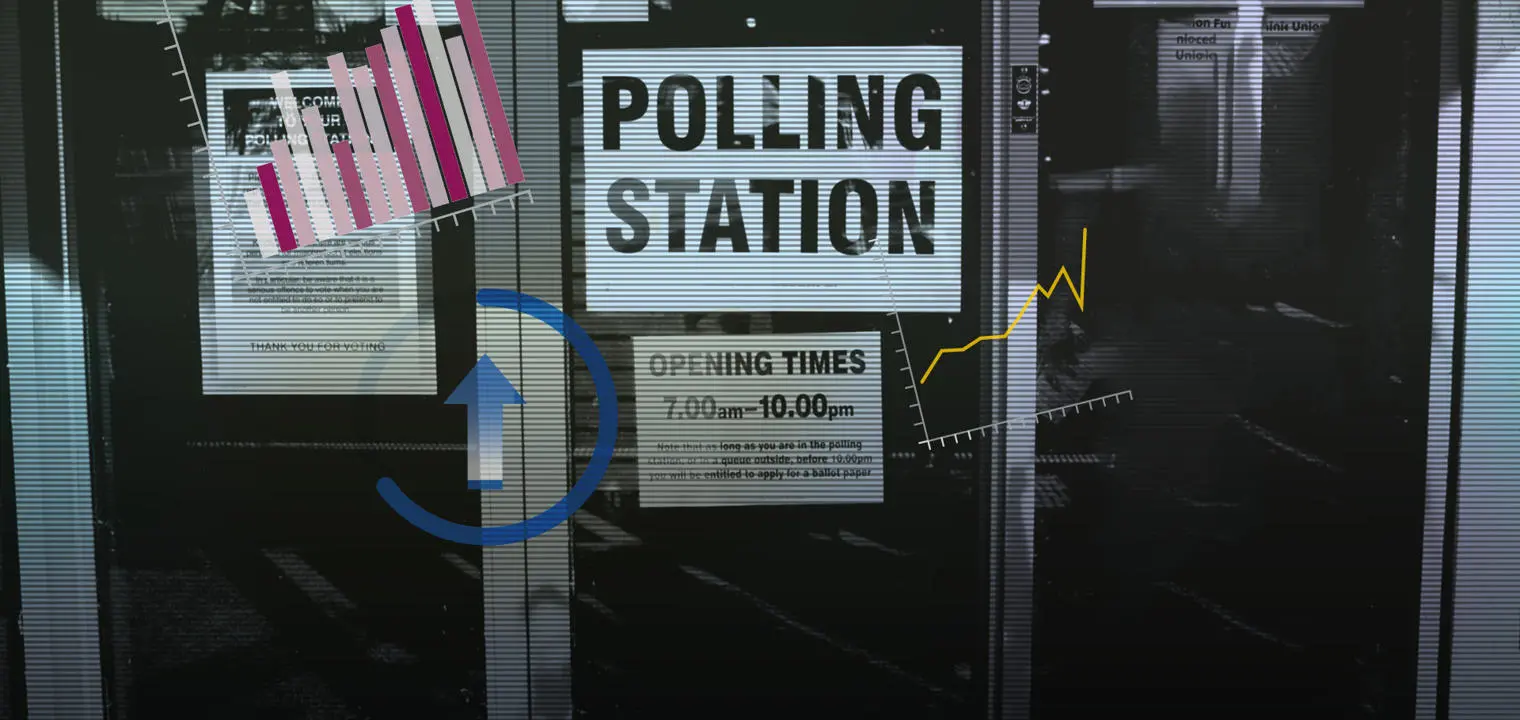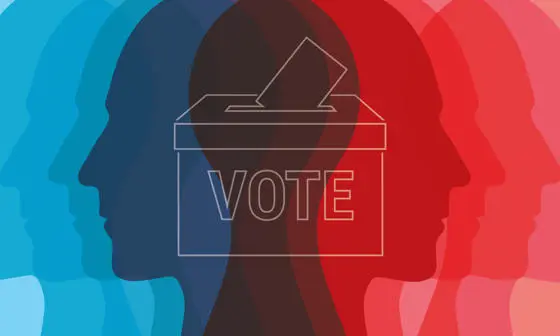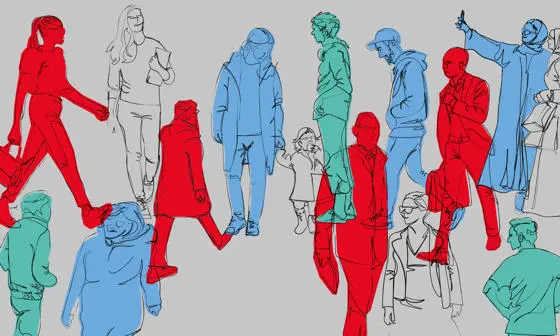The politics of polling: why are polls important during elections?

Contents
In the lead up to an election, political pundits and interested members of the public will refer to opinion polls to see how results might land. But while polls have been viewed as a reliable guide, recent failures – including predictions for the 2015 UK General Election - have been viewed as being potentially damaging for the industry.
In the aftermath of the 2015 surprise, Professor Jouni Kuha, a professor in LSE’s Department of Statistics and an expert in survey methodology, was a one of those appointed to an inquiry tasked with understanding what had gone so wrong.
Understanding the use of polls
Opinion polls, he explains, are a survey of public opinion from a particular sample group, and as such can be useful in informing politicians about the views of specific groups of people. In practice, pollsters need to balance the cost of polling a large sample against the reduction in sampling error, and so a typical compromise for political pollsters is to use a sample size of 1,000-10,000 respondents.
Polls survey a variety of issues relating to voters’ views on, from specific policies to political leaders’ approval rates. Professor Kuha points out that between elections, "polls act as a feedback mechanism which could affect parties’ policy choices, whereas nearer to an election, they are feedback mechanism on how the campaign is going".
However, their main use is prior to elections, where politicians use polls as a tool to inform their campaigns and to craft messaging. As such, they are not independent of the political process, Professor Kuha says. Rather, they could also influence voters’ behaviour by affecting expectation about the outcomes of the election.
When people vote for the party they think is going to win, this is referred to as the ‘bandwagon effect'.
Because polling results around voting intentions are often publicised, he explains, the information they provide can influence voters’ perception of the various parties’ likelihood of winning an election, or the chances of being part of a coalition government. This can influence how people vote at the ballot box. When people vote for the party they think is going to win, this is referred to as the "bandwagon effect". Alternatively, voters may evaluate parties more positively if their chances of winning appear to be good or evaluate parties more negatively if their chances seem to be low, in what is called the "boomerang effect".
Opinion polls are valuable as they guide policy development by giving decision makers impartial information about what the public wants, Professor Kuha says. But this requires pollsters to be both transparent and accurate in their statistical methodologies, something recent polling failures have called into question.
What happened during the 2015 elections and why were the polls a failure?
The 2015 General Election was widely considered to be a failure for the polling industry. In the weeks prior to election day, much of the focus was on the possibility of a hung Parliament, only for a Conservative majority to emerge. This wasn’t just an upset for the polling industry - many politicians suggested that the inaccurate polls may have influenced the election outcome, and social/market research industry professionals highlighted that such a failure undermines public confidence in social and market research, and official statistics more generally.
Expert analysis has been undertaken to understand the reasons behind these polling failures, most notably the Report of the Inquiry into the 2015 British general election opinion polls. Professor Kuha was the only specialist statistician to be appointed to the panel, which was chaired by LSE’s Professor Patrick Sturgis. Their analysis into the failure was able to rule out a range of potential causes of the failure, including postal voting, overseas voting and late swing votes. Instead, the problem lay with the methodology used in the sampling of voters.
The inquiry, Professor Kuha explains, found that the main cause of error was the sampling pollsters used - samples over-represented Labour supporters and under-represented Conservative supporters and the statistical weighting applied to the raw data were not sufficient to correct for the imbalance. Consequently, the samples were mainly unrepresentative of the population of voters, leading to the polling miss.
The analysis was key in providing important recommendations on how the industry can continue to innovate and adapt to improve its approach to estimating voting intention. Twelve changes were suggested in total, including enhanced efforts to obtain representative pools of respondents and reviewing processes for weighting samples by adding in new variables to account for under-sampled populations.
As a result, the British Polling Council and Market Research Society took steps towards adopting the Inquiry’s recommendations, The research also fed into the work of the House of Lords Select Committee on Political Polling and Digital Media.
This research was impactful because it had recommendations which the polling companies could take up.
Professor Kuha believes that the successful uptake of this research is largely attributed to the authors’ recommendations being feasible to implement within the current methodological framework used by pollsters. "The Inquiry was initiated by the industry bodies themselves," he elaborates. "Polling companies wanted to change things - they wanted to know what had happened and wanted to be seen to be doing that. Some recommendations would have been efficacious, but impossible in practice to implement, like changing the sampling method to full random probability sampling.
"We provided recommendations that could be implemented within their existing framework such as enhanced recruitment of respondents and modifications to the subsequent statistical analysis. This research was impactful because it had recommendations which the polling companies could take up."
Is polling here to stay?
Despite some failures, polling remains the most effective way of obtaining voters’ opinions or concerns on key issues or voting intention, Professor Kuha says, stressing that while other sources of data such as social media can provide some insight to decode voters’ behaviours, they are unlikely to be as good a source for predicting voter intention or election outcomes, as it is largely inferential.
"The easiest way of getting opinions, attitudes or voting intentions out of people’s head is to ask them," he concludes. "Decoding a person’s voting intention from their social media posts is less parsimonious than asking them. Even though election polls, and surveys in general, might be seen as old fashioned, they are still the best way of obtaining people’s opinions."
Will industry changes mean an upset like the 2015 election polling results will never happen again? It’s not possible to say – but with the new rules ensuring improved statistical methodologies such as increasing the pool of respondents, incorporating new variables to account for under sampled populations and reporting on uncertainty, statistical significance and margins or error, the industry does appear to be in safer hands.
Professor Jouni Kuha was speaking to Charnele Nunes, Communications Officer at LSE.
Download a PDF version of this article




